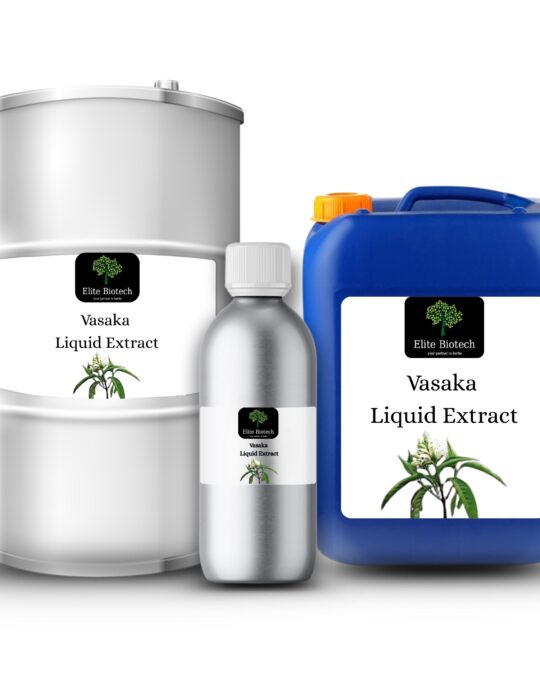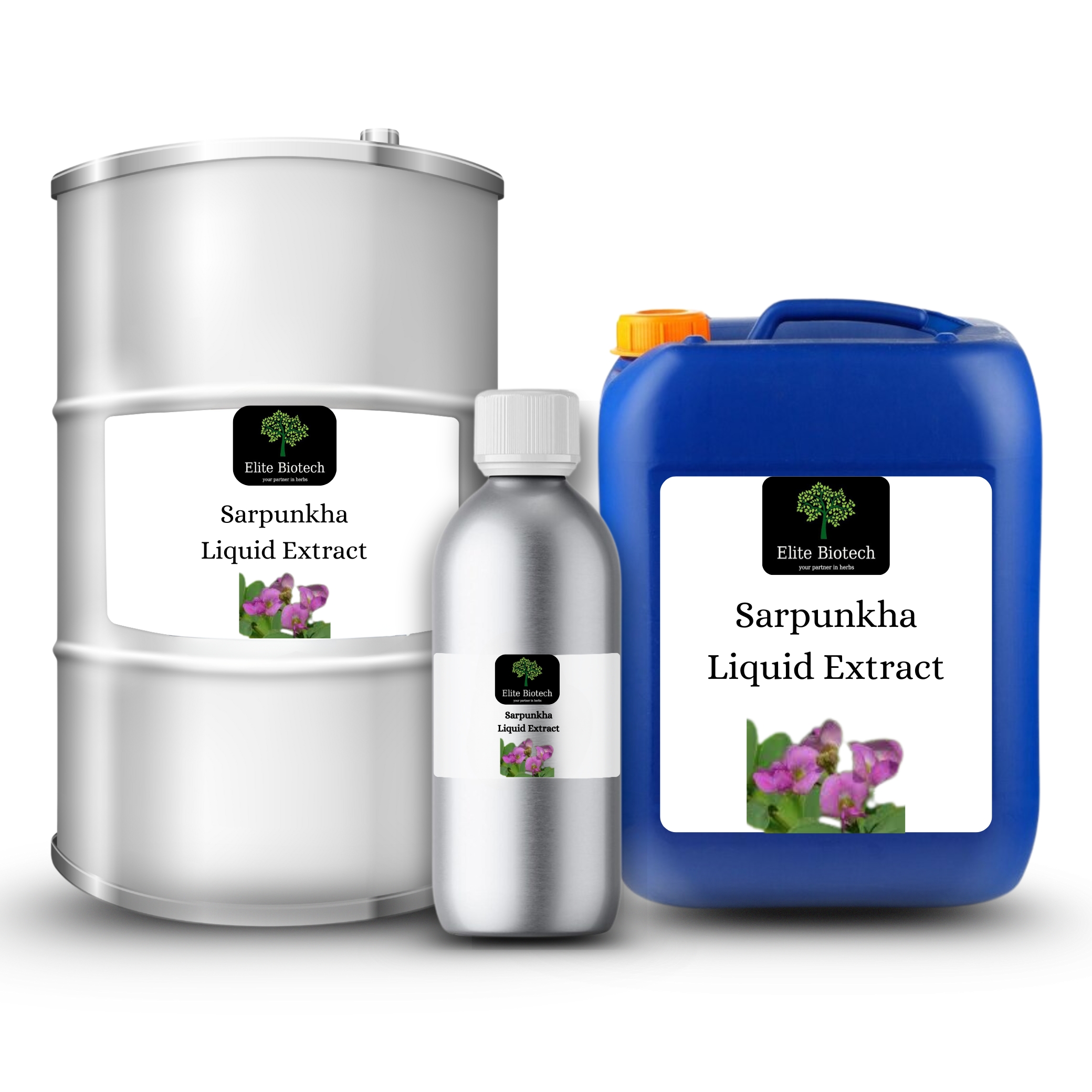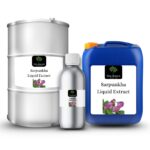Sarpunkha Liquid Extract
Tephrosia purpurea is a species of flowering plant in the family of fabaceae . This plant has full of medicinal properties. This plant was used as a traditional medicine for curing many diseases like leprosy, ulcers, asthma, vumors, liver, spleen, heart and blood related diseases.




Sarpunkha Liquid Extract
Sarpunkha Liquid Extract, obtained from the aerial parts of Tephrosia purpurea sustainably harvested in India’s tropical regions via gentle cold percolation, is a golden-brown elixir rich in rotenoids, flavonoids and glycosides. Celebrated in Ayurvedic tradition for its hepatoprotective, anti-inflammatory and skin-soothing properties, this extract supports liver health, respiratory comfort and dermal vitality. Its mild, herbaceous-earthy aroma and velvety texture make it perfect for inclusion in functional tonics, nutraceutical capsules and topical formulations designed for skin repair. With third party–verified purity of ≥ 95 % and an 18-month shelf life under cool, dark storage, Sarpunkha Liquid Extract bridges centuries of herbal wisdom with modern quality standards. Choose Elite Biotech for guaranteed authenticity and competitive pricing, ensuring you receive 100 % pure, lab-tested extract at exceptional value.
Uses of Sarpunkha Liquid Extract
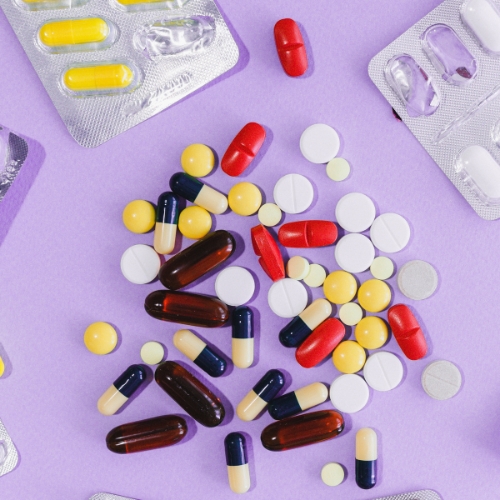
Pharmaceutical Industry
Sarpunkha Liquid Extract is formulated into hepatoprotective capsules and liver-support syrups to leverage its rotenoid and flavonoid profile for antioxidant and detoxifying action. Standardized active-marker levels ensure consistent efficacy in both OTC supplements and clinical-grade formulations, while GMP-compliant processing provides reliable batch-to-batch uniformity.

Food & Beverage Industry
In functional herbal teas, detox shots and health tonics, Sarpunkha Liquid Extract contributes a gentle herbaceous note alongside liver-supportive benefits. Micro-encapsulation techniques protect its bioactives against heat and oxidation, enabling seamless integration into ready-to-drink beverages without altering taste or stability.

Cosmetic & Personal Care Industry
In rejuvenating serums and anti-pigmentation creams, Sarpunkha Liquid Extract’s flavonoid-rich composition promotes skin renewal and evens tone. Its anti-inflammatory and antioxidant properties soothe irritated skin, while its light aroma enhances spa-grade facial masks and body treatments.
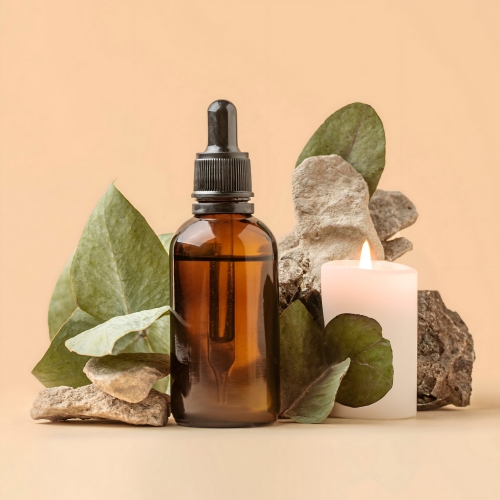
Aromatherapy & Wellness Industry
Blended into diffuser blends and inhalers, Sarpunkha Liquid Extract’s subtle earthy-herbal aroma calms the mind and supports respiratory ease. Its adaptogenic phytochemicals help modulate stress responses, making it ideal for meditation aids, stress-relief rituals and revitalizing massage therapies.

Agrochemical Industry
As a botanical bio stimulant, Sarpunkha Liquid Extract fosters soil microbial balance and plant vigor. Applied as a foliar spray or seed treatment, its glycoside-rich composition enhances nutrient uptake and stress resistance, offering sustainable crop-support solutions for organic cultivation.

Perfumery & Fragrance Industry
Perfumers value Sarpunkha Liquid Extract for its soft, green-herbaceous base notes and natural fixative qualities. It lends depth and longevity to green, fougère and woody accords, enabling the creation of signature fragrances that harmonize tradition with modern elegance.
Why Choose Elite Biotech?
Elite Biotech delivers premium bulk Sarpunkha Liquid Extract sourced from certified organic farms, ensuring authenticity, sustainability and competitive industrial pricing.
- Rigorous Quality Control: Comprehensive third-party testing at every stage guarantees purity, potency and consistency.
- Sustainable Sourcing: Partnerships with ethically managed cultivators and eco-friendly extraction protect both product quality and the environment.
- Competitive Bulk Pricing: Flexible order quantities and attractive rates support industries from nutraceuticals to cosmetics and agrochemicals.
- Dedicated Support: Expert technical assistance, custom documentation and proactive logistics ensure a seamless supply chain.
- Direct from Manufacturers: Traceable sourcing from our certified facilities delivers the best value straight to your door.
- Fast Global Shipping: Efficient worldwide logistics meet critical timelines with precision and reliability.
- Proven Track Record: Trusted by leading industrial clients for consistent quality and long-term partnership success.
Disclaimer
Sarpunkha Liquid Extract is a concentrated herbal product and should be used with care. Always adhere to recommended usage rates and consult a healthcare professional if you have any medical concerns. Information provided is general and may not reflect all characteristics of this extract.
Caution
Keep out of reach of children and pets. Avoid contact with eyes and mucous membranes. If pregnant, nursing or taking medications, consult your doctor before use.
Packaging Sizes
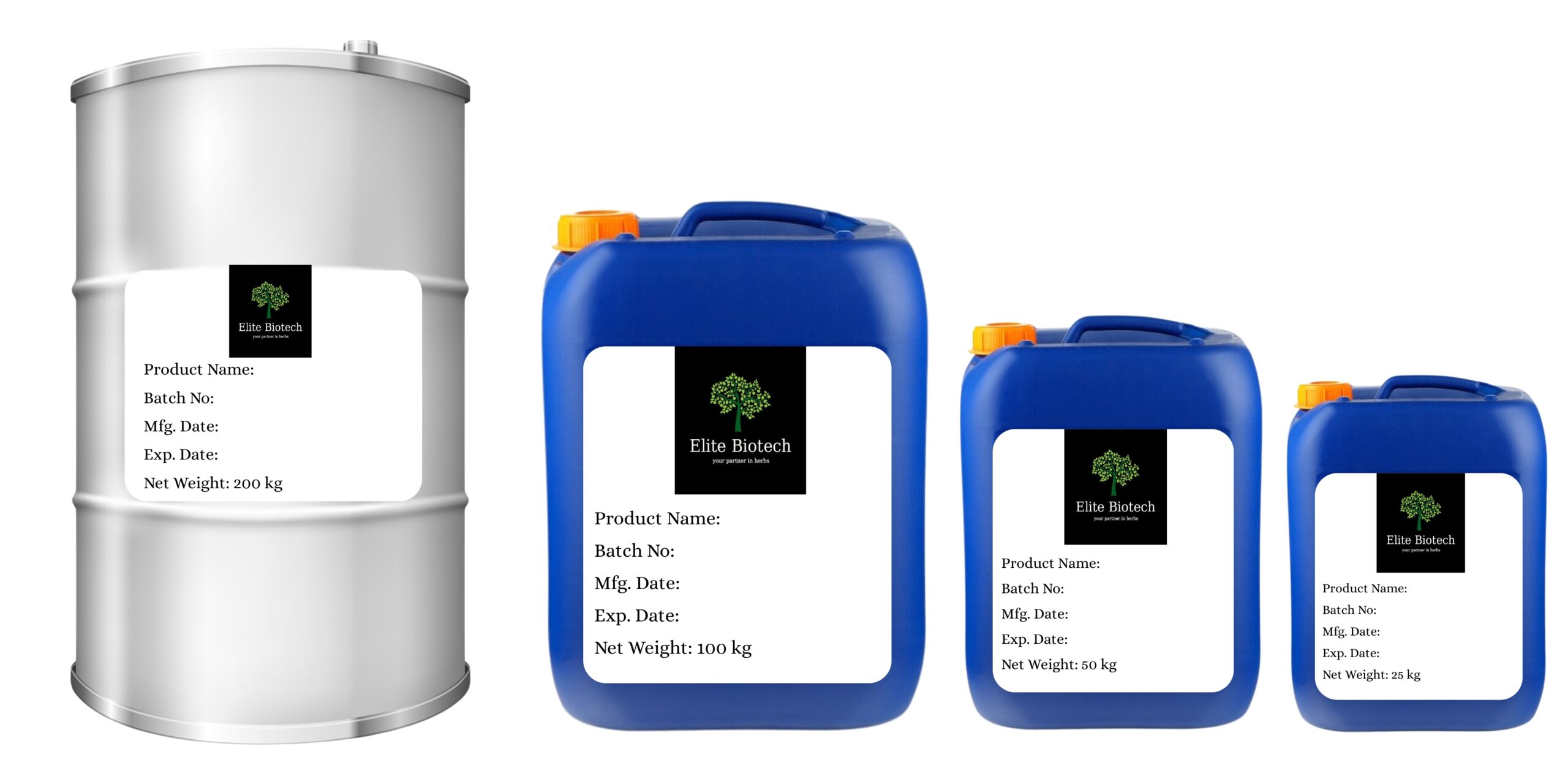
Specification
| Parameter | Details |
| Product Name | Sarpunkha Liquid Extract |
| Botanical Name / INCI Name | Tephrosia purpurea Aerial Part Extract |
| Product Category | Liquid Extract / Ayurvedic Ingredient |
| Country of Origin | India (Tropical Regions) |
| Method of Extraction | Cold Percolation of Leaves & Stems |
| Plant Part Used | Aerial Parts (Leaves & Stems) |
| CAS No | N/A |
| HSN No | 13021900 |
| Common Names | Wild Indigo Extract, Rohitaka Extract |
| Blends Well With | Licorice Extract, Ginger Extract, Ashwagandha, Turmeric Extract |
| Industry/Application | Pharmaceuticals, Nutraceuticals, Cosmetics, Aromatherapy, Agrochemicals, Perfumery |
| Grade | Therapeutic / Cosmetic Grade |
| Colour & Appearance | Golden-brown to amber liquid |
| Aroma | Mild herbaceous-earthy |
| Form | Liquid |
| Solubility | Soluble in water and ethanol |
| Purity | ≥ 95 % |
| Main Ingredients | Rotenoids, Flavonoids, Glycosides |
| Shelf Life | 18 months under recommended storage |
| Specific Gravity | 1.02 – 1.06 |
| Refractive Index | 1.48 – 1.52 |
| Optical Rotation | – 1° to + 1° |
| Certificate | CoA, GMP, ISO available upon request |
| Testing | HPTLC fingerprinting, GC–MS profiling, microbial & heavy-metal analysis |
| Minimum Order Quantity | 10 kg |
| Delivery Timeline | 7–15 business days |
| Storage Instructions | Store in a cool, dry place away from light; keep container tightly sealed |
Certificates
No certificates available.
Frequently Asked Questions
Q1: How is botanical authenticity confirmed for bulk Sarpunkha Liquid Extract?
Ans: We perform DNA barcoding and HPTLC fingerprinting to verify Tephrosia purpurea origin, followed by GC–MS profiling to confirm key rotenoid and flavonoid markers.
Q2: Can active-marker concentrations be standardized per client specifications?
Ans: Yes. Our extraction protocols allow customization of rotenoid or flavonoid levels (e.g., 2–5 %) with full Certificate of Analysis documentation for each batch.
Q3: What packaging options are offered for large-scale orders?
Ans: We provide food-grade HDPE drums, amber glass carboys and stainless-steel IBC totes, all equipped with nitrogen-blanketing and tamper-evident seals to preserve extract integrity.
Q4: Do you provide formulation and regulatory support?
Ans: Absolutely. Our technical team delivers custom formulation guidance, stability-study data and comprehensive regulatory dossiers to streamline product development and global market registration.
Related products
Kasani or Chicory is a well-known coffee substitute and has various nutritive properties. Kasani is beneficial for managing constipation as it adds bulk to the stool and increases good useful bacteria in the intestines. According to Ayurveda, Kasani is useful for managing gall bladder stones by expelling them from the body due to its Pitta balancing property.
Nirgundi is a large aromatic shrub found mostly in the warmer zone of India. In Indian traditional medicine system, it is referred as ʽsarvaroganivaraniʼ – the remedy for all diseases. Massaging with oil obtained from Nirgundi leaves along with sesame seed oil can help manage grey hair and scalp infections.
Shilajit contains fulvic acid and more than 84 minerals, so it offers numerous health benefits. It can function as an antioxidant to improve your body’s immunity. It can function as an antioxidant to improve your body’s memory, an anti-inflammatory, an energy booster.
Ashwagandha extract is derived from the root and leaves of the Ashwagandha plant (Withania Somnifera). Ashwagandha extract is usually made in one of three ways, either powdered extract, water based, or oil (fat) based extract. Ashwagandha (Withania somnifera) is an herb used in Ayurveda medicine. Ashwagandha means ‘Smell of Horse,’ which refers to the fresh root’s distinct horsey smell, and the traditional belief that ingesting the herb will confer the strength and virility of a horse. Ashwagandha is an adaptogen
Commonly known as Amritha or Guduchi, widely distributed throughout tropical and sub tropical India. Stem terete often producing foliform aerial roots. Tastes intensively bitter and odorless. All parts of the plant are useful. The aerial parts are used to extract the active principles.


